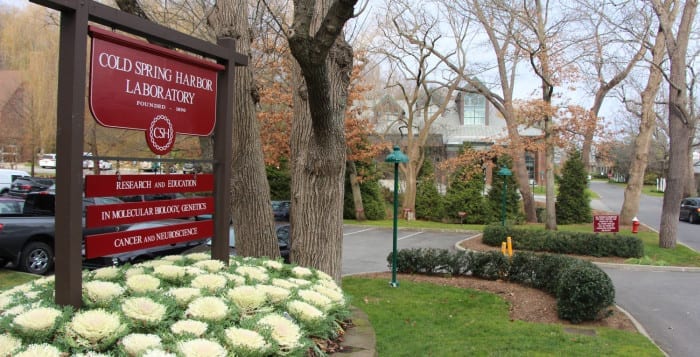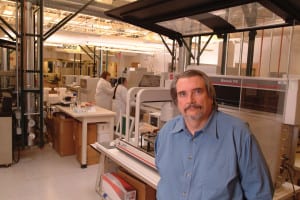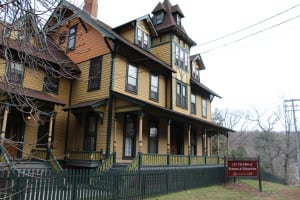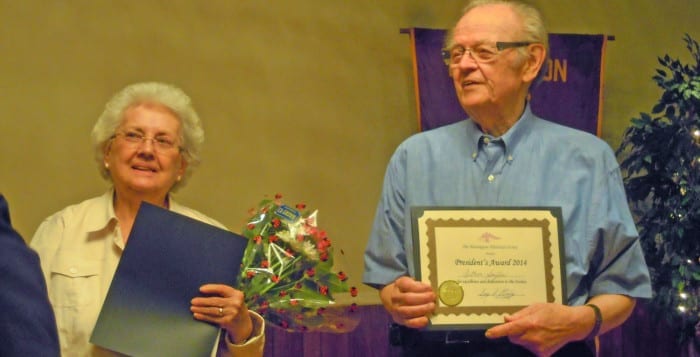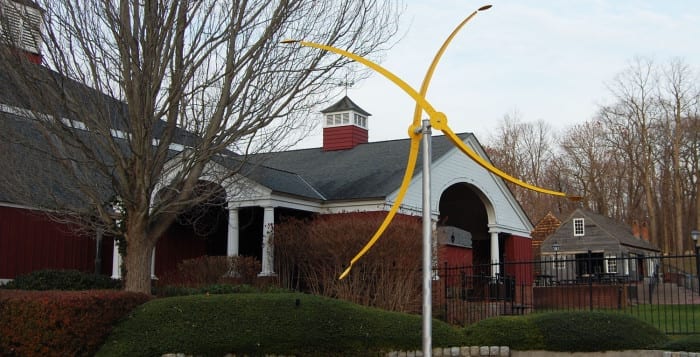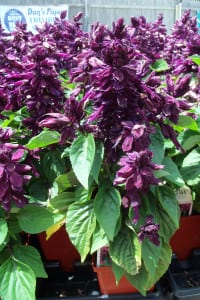By Miguel Bustamante
There’s a lot that can be said about North Shore businessman Charles Reichert, but not only because of his entrepreneurship.
“He wants to do the right thing. You know, he’s been very fortunate in his life, he’s made good money and he wants to give back,” said Suffolk County Legislator Rob Trotta (R-Fort Salonga) about North Shore businessman Charles Reichert. “He’s the kind of guy that says ‘I want to make my community better,’ and if he could help it, he’s always there for it … It really is a blessing to have a guy like Charlie Reichert in the community.”
Charles Reichert, 80, or Charlie as his friends call him, of Fort Salonga is the owner of five IGA grocery stores throughout the Suffolk County area. With IGA locations in Bayville, Fort Salonga, Greenport, East Northport and Southold, his stores are consistently among the list of IGA’s annual Five Star Retailer award, which is the highest honor IGA bestows on its proprietors, and in 2014 he was one of five to receive the IGA International Retailers of the Year award.
Through his stores Reichert found ways to become a nexus of community interactions by employing local residents and community youth looking to get a foothold in the workforce, and also, along with wife Helen, founding the Fort Salonga Market IGA Scholarship, which awards a total of $6,000 to outstanding local high school students.
For his contributions, Charles Reichert has been named a 2015 Times Beacon Record Newspapers Person of the Year.
Reichert’s generosity has also extended outside of the IGA’s sponsorship. In 2013 The Charles and Helen Reichert Family Foundation donated $850,000, to be dispersed over several years, for the restoration and preservation of the Charles and Helen Reichert Planetarium (formerly the Vanderbilt Museum’s Planetarium), which enabled the facility to purchase new seating, carpeting, lobby and gift shop along with technological updates.
“I’ll tell you something,” said Michael Rosato, board member of the Nissequogue River State Park Foundation. “If there were more Charlies around, we’d all be a lot better off.”
Rosato was referring to the contributions Reichert has made to the foundation.
“We were able to rebuild the parking area around the soccer fields, expand the hike and bike trail and renovate the parks administration building. It was all because of Charlie’s support … He’s given back so much for the community.”
Reichert, however, has played some contributions close to the heart. In 2013 the Charles and Helen Reichert Family Foundation donated $100,000 to the Huntington Hospital for the purchase of a 3D breast tomosynthesis machine, which can produce 3D images that can more accurately help detect cancer cells in breasts.
This year, Charles and Helen Reichert, herself a 24-year breast cancer survivor, donated $1 million for the construction of the brand new, state-of-the-art Charles and Helen Reichert Imaging Center in Huntington, which offers diagnostic radiology services.
With so many outstanding contributions already in tow, Charles Reichert hasn’t stopped looking for ways to continue to give back to the community. He has consistently sponsored the Nissequogue River State Park Foundation’s 5k Turkey Trot and the Fort Salonga Civic Association’s holiday caroling events by donating refreshments and gifts.


